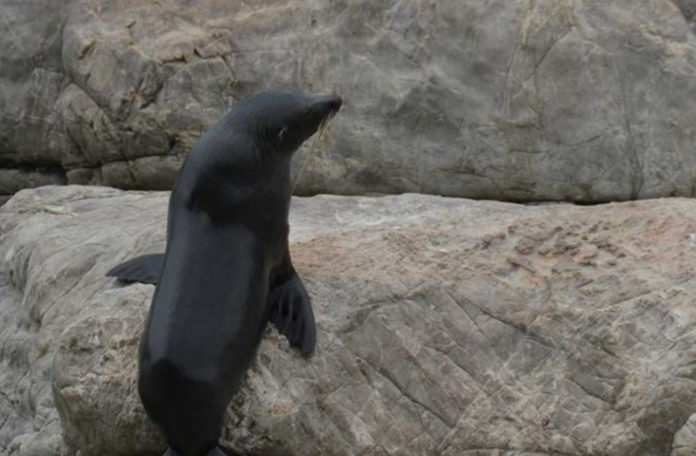Residents around the Hauraki Gulf and Coromandel are being urged to report sightings of kekeno/NZ fur seals over the next three months, as part of a new Department of Conservation (DOC) research project on the species.
The Department says the marine mammals are an increasingly common sight around New Zealand beaches in winter and early spring, as they “haul out” (come ashore) during their seasonal departure from breeding colonies.
Marine Science Advisor, Laura Boren says there has been an expansion of the species in the north, but little is known of their breeding and non-breeding sites.
“There are no known kekeno colonies in the Hauraki Gulf Marine Park (which includes the Coromandel). Due to a tagging programme on the West Coast we know at least some juveniles are coming all the way from Cape Foulwind,” she said.
Their expanding range means more dead kekeno are also being found on beaches around the North Island.
“In 2021, citizen scientist Shaun Lee led a successful project which documented 57 kekeno deaths throughout the Hauraki Gulf Marine Park (HGMP). Most of those were juveniles.” says Ms Boren.
“With the support of the Hauraki Gulf Forum, DOC is continuing this mahi with a seasonally focused citizen science project urging the public to report seal sightings, in particular dead seals.
“This is an opportunity for the public to contribute to science on one of our most visible and interesting marine mammal species.”
DOC is requesting information and photos of dead seals found in the region, and says that from this it will assess whether the specimen meets the criteria for necropsy.
The key factor is freshness – the fresher the specimen, the greater chance of determining the cause of death, said Ms Boren.
“From those necropsies, we’ll be able to gather important information on the species, why some of the individuals have died, and what we can do going forward.”
“For this reason, it’s important to report as quickly as possible.”
She said all reports, images and information collected will help build understanding of the kekeno population.
While people around all parts of the Hauraki Gulf and Coromandel are being encouraged to report kekeno sightings, the area of particular interest for DOC is around Whitianga and Mercury Bay.
“This area was a hot spot for kekeno sightings in 2021 and has coastal settlements where the public can be our eyes on the beaches,” said Ms Boren.
In reporting kekeno sightings, and providing photographs, people should take photos of the whole animal from several angles, including one straight down the animal and with something for scale, and note the date, location, and if the animals is tagged before sending to kekeno@doc.govt.nz.
Information and photographs can be submitted via email to kekeno@doc.govt.nz.



